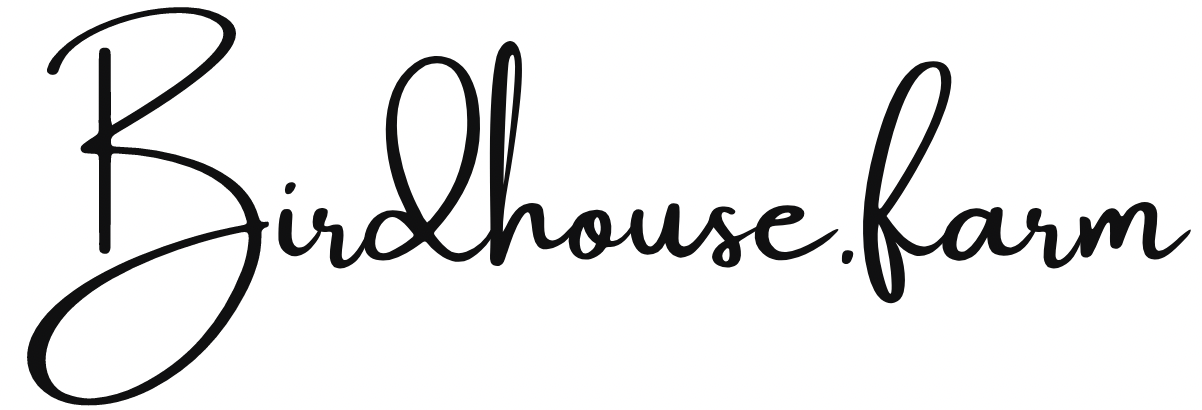Can I Create a Mini Wetland in My Yard?
Why Create a Mini Wetland? Wetlands are often referred to as the "kidneys of the earth" because they filter pollutants and improve water quality. By creating a mini wetland, you’re helping manage stormwater, reduce erosion, and create a habitat for birds, frogs, insects, and native plants. It’s a rewarding way to connect with nature while contributing to local conservation efforts.
Planning Your Mini Wetland: The first step is selecting a suitable spot in your yard. Look for low-lying areas where water naturally collects after rain. If your yard lacks such a spot, don’t worry—you can dig a shallow basin to mimic a natural depression. Wetlands thrive in areas with clay or compacted soil that holds water, but you can also line the basin with an impermeable material like a pond liner to retain moisture.
Once you’ve chosen the location, consider the size. Mini wetlands don’t need to be large; even a patch as small as 5 feet across can provide significant ecological benefits.
Planting Your Wetland: Native plants are the backbone of any successful wetland. Choose a mix of emergent plants (those that grow along the edges, like cattails), floating plants (such as duckweed), and submerged plants (like water milfoil). Plants like swamp milkweed, sedges, and blue flag iris are excellent choices for Kansas wetlands and will attract pollinators, butterflies, and birds.
Arrange your plants in zones based on water depth. The center should accommodate water-loving plants, while the edges can feature species that thrive in damp soil. This layered approach creates a dynamic ecosystem that supports diverse wildlife.
Maintaining Your Mini Wetland: Unlike traditional gardens, wetlands are largely self-sustaining once established. The key is to monitor water levels, ensuring your wetland retains moisture, especially during dry spells. Avoid using fertilizers or pesticides, as these chemicals can harm the delicate balance of your wetland.
Additionally, allow nature to take its course. You’ll notice frogs, insects, and birds finding their way to your mini wetland over time. Their presence is a sign that your ecosystem is thriving.
The Joy of a Backyard Wetland: A mini wetland is more than a landscaping feature; it’s a sanctuary for wildlife and a place for peaceful reflection. Imagine the joy of watching dragonflies dance over the water, listening to the croak of frogs at dusk, or seeing migratory birds stop by for a drink. By creating a wetland in your yard, you’re not only enhancing your outdoor space but also playing an active role in supporting biodiversity and protecting our planet.
At Birdhouse.Farm, we celebrate the power of small actions to make a big impact. Whether you’re planting native grasses or building a mini wetland, your efforts contribute to a healthier, more vibrant ecosystem. Start planning your wetland today and watch how your yard transforms into a hub of life and beauty.
